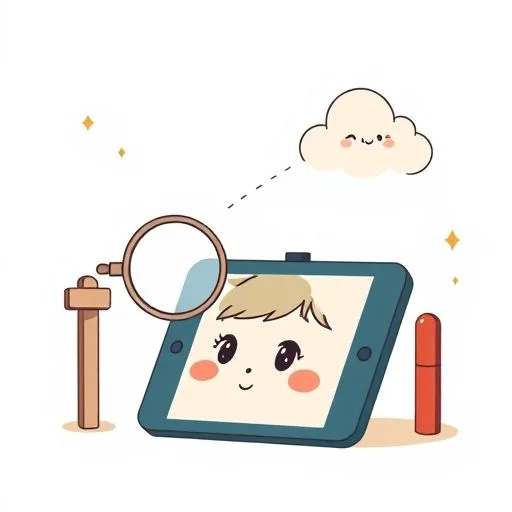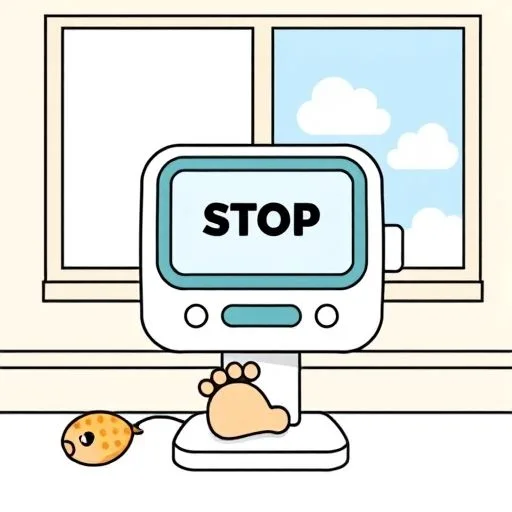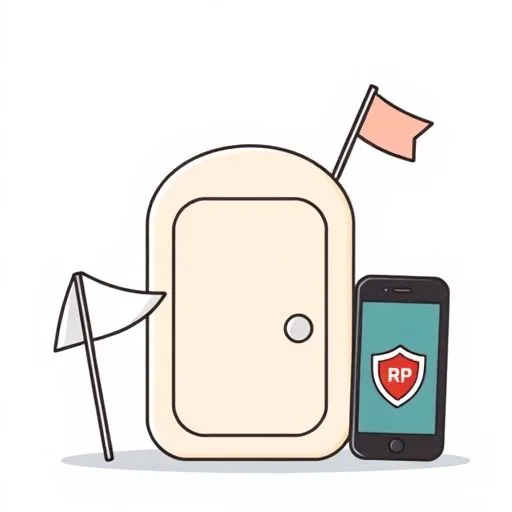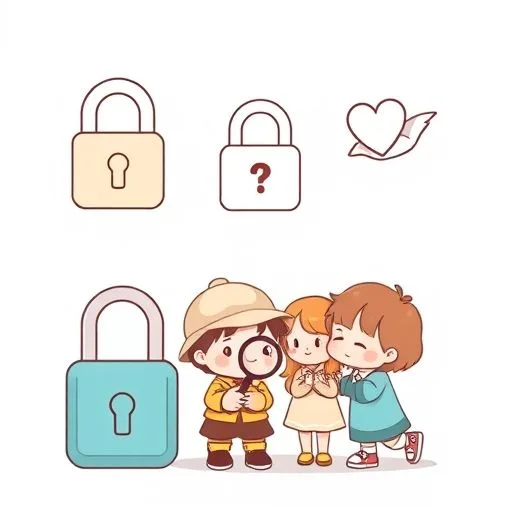
That moment when you catch them leaning toward the tablet screen, tiny nose almost touching glass? We’ve both stood there holding our breath, haven’t we? Not from anger, but from wondering how to balance their wide-eyed curiosity with our quiet worries. Like those playground boundaries we chalked last summer, today’s digital lines feel trickier to draw. But here’s what I’ve noticed watching our crew navigate this new terrain – the same principles guiding AI safety might just hold parenting wisdom we’ve been grasping for.
Boundaries That Set Them Free

Remember when we introduced the ‘kitchen table is device-free’ rule? The resistance lasted precisely three snack times before they started actually tasting their goldfish crackers again. Turns out, those guardrails gave them freedom to be fully present – same way AI’s content filters let kids explore safely. We’re not building walls here, but drawing those chalk lines that say ‘play freely within this space’.
Man, I’ve watched you handle this dance with such heart. Setting screen time limits not as harsh cutoffs, but as gentle nudges toward outdoor play or that half-finished puzzle. It’s your version of parental controls – less about restriction, more about helping their minds toggle between digital and real-world adventures. That mindful balance? It’s why our kids still beg for bedtime stories instead of YouTube replays.
Coding Our Family’s Safety Protocols

Sunday night family meetings over pizza crusts became our version of system updates. ‘What worked this week?’ ‘What made someone feel icky?’ Our evolving rules remind me of how AI systems refine themselves – adapting to new threats while preserving core functions. That trusty ‘tell us if something feels strange online’ policy? It’s our homegrown safety algorithm at work.
That afternoon you sat criss-cross applesauce explaining why Roblox chats need supervision? It’s like how AI systems learn to be transparent—it’s just like that talk we had with our kids. The openness? Our secret sauce. You didn’t lecture about dangers. You painted vivid pictures of digital neighborhoods – some front porches welcome visitors, others keep curtains drawn. Now they come waving virtual flyers shouting ‘Look what someone sent me!’ That open door policy? Our strongest firewall.
The Updates Only a Parent Can Install

When the YouTube rabbit hole incident happened, I held my breath waiting for your reaction. But you surprised me – not with punishment, but by asking what made our teen click ‘next’ fourteen times. Your troubleshooting approach mirrored those AI parental controls we researched: understanding triggers before implementing filters. That follow-up chat over milkshakes? Pure genius system optimization.
Let’s be real, we’ve learned that nothing beats walking alongside them. No AI filter, however smart, can replace the vibe we bring in the kitchen. The ‘Family use only’ zones thing they’ve adopted now? That feels like watching our AI’s ethics bloom in the most beautiful way. The ‘petite’ imperfection in the phrase is enough! Like when our middle showed us that viral app challenging kids to film dangerous stunts. Instead of outright banning, you suggested we recreate silly safe versions – stack pillows instead of furniture, use bubble wrap ‘armor’. Your creative redirect turned potential risk into family laughter echoing through the house. Those moments? They’re our human-made safety patches no AI could replicate.
When the System Glitches, We Reboot Together

Remember the hacked Minecraft account fiasco? Our panicked tween thought we’d ground him for life. But your calm ‘let’s problem-solve’ approach turned crisis into the best safety lesson. Together, we changed passwords like AI systems refresh firewalls, discussed phishing over pancakes, and set up two-factor authentication (the digital equivalent of ‘never open doors to strangers’). His relieved hug afterwards? Priceless feedback that our approach works.
These days, I catch our kids mirroring those guardrails naturally – pausing videos asking ‘is this appropriate?’ before sharing, creating ‘family use only’ zones for new apps. Watching them internalize these boundaries feels like seeing AI’s ethical frameworks in action – safety woven into exploration.
And those impromptu tech talks during car rides? Our ongoing parental control updates, delivered between belting off-key show tunes and debating best ice cream flavors.
Source: Can industry process models fix the agentic AI data problem?, TechTarget, 2025-09-22
